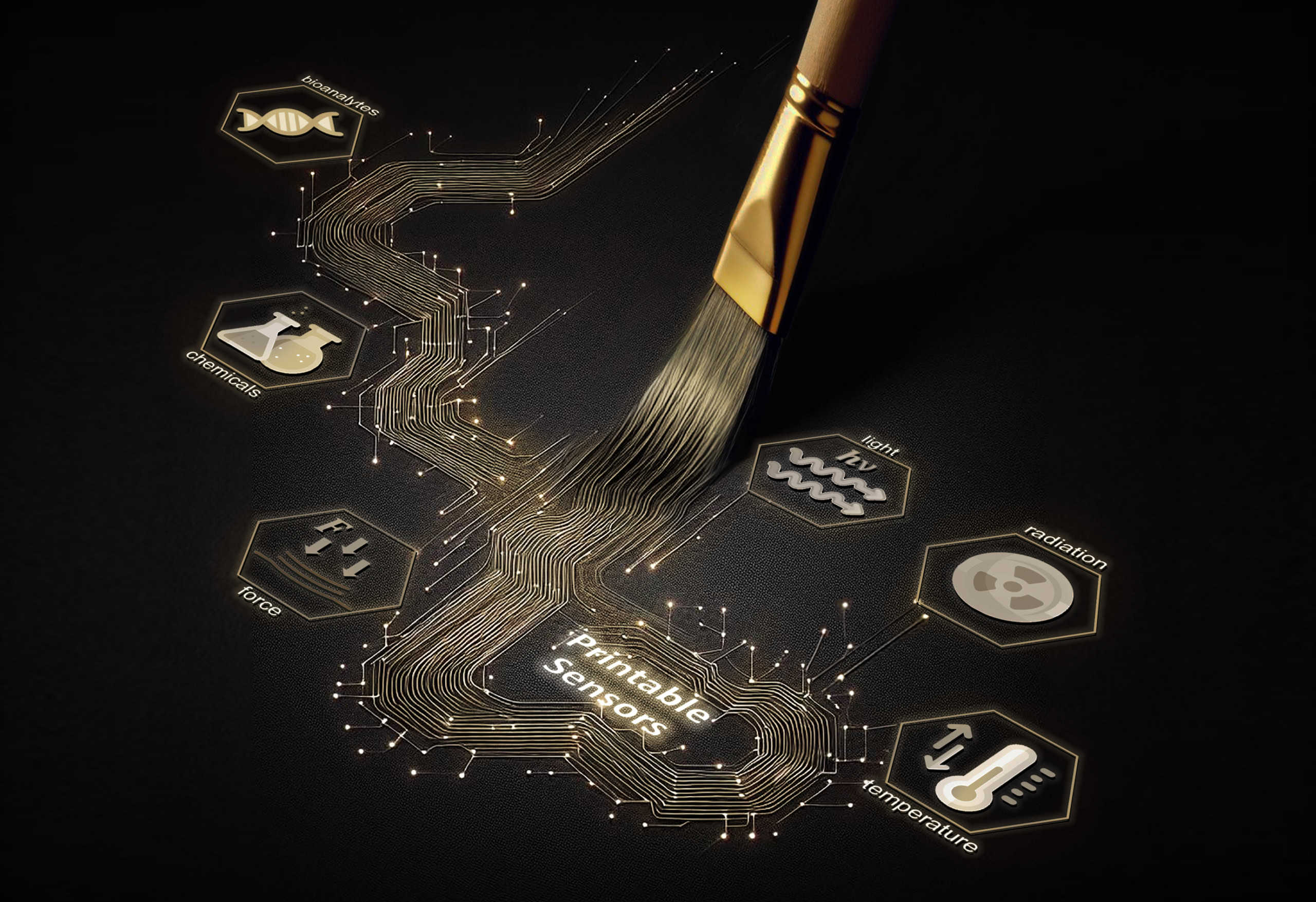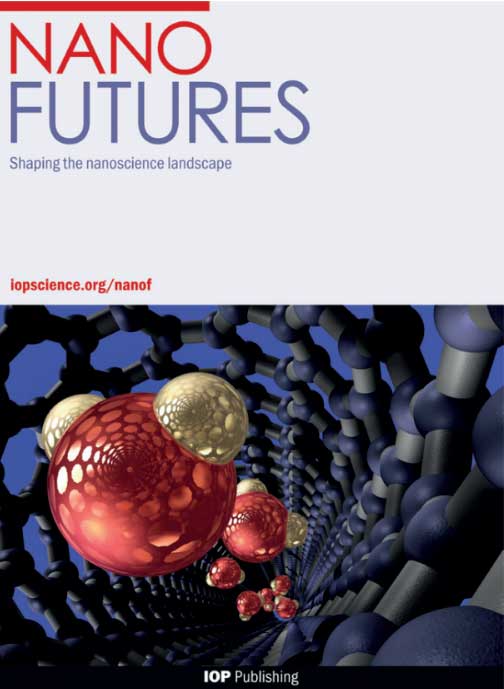Available to watch now, Nano Futures explores the cutting-edge science and technology driving the development of next-generation printable sensors
Want to learn more on this subject?

Join us for an exciting webinar exploring the cutting-edge science and technology driving the development of next-generation printable sensors. These sensors, made from printable materials using simple and cost-effective methods such as printing and coating, are set to revolutionize a wealth of intelligent and sustainability-focused applications, such as smart cities, e-health, precision agriculture, Industry 4.0, and much more. Their distinct advantages – flexibility, minimal environmental impact, and suitability for high-throughput production– make them a transformative technology across various fields.
Building on the success of the Roadmap on printable electronic materials for next-generation sensors published in Nano Futures, our expert panel will offer a comprehensive overview of advancements in printable materials and devices for next-generation sensors. The webinar will explore how innovations in devices based on various printable materials, including 2D semiconductors, organic semiconductors, perovskites, and carbon nanotubes, are transforming sensor technologies for detecting light, ionizing radiation, pressure, gases, and biological substances.
Join us as we explore the status and recent breakthroughs in printable sensing materials, identify key remaining challenges, and discuss promising solutions, offering valuable insights into the potential of printable materials to enable smarter, more sustainable development.
Want to learn more on this subject?
Meet the esteemed panel of experts:

Vincenzo Pecunia is an associate professor and head of the Sustainable Optoelectronics Research Group at Simon Fraser University. He earned a BSc and MSc in electronics engineering from Politecnico di Milano and a PhD in physics from the University of Cambridge. His research focuses on printable semiconductors for electronics, sensing, and photovoltaics. In recognition of his achievements, he has been awarded the Fellowship of the Institute of Physics, the Fellowship of the Institute of Materials, Minerals & Mining, and the Fellowship of the Institution of Engineering and Technology.
Mark C Hersam is the Walter P Murphy Professor of Materials Science and Engineering, director of the Materials Research Center, and chair of the Materials Science and Engineering Department at Northwestern University (USA). His research interests include nanomaterials, additive manufacturing, nanoelectronics, scanning probe microscopy, renewable energy, and quantum information science. Mark has been repeatedly named a Clarivate Analytics Highly Cited Researcher with more than 700 peer-reviewed publications that have been cited more than 75,000 times.
Oana D Jurchescu is a Baker Professor of physics at Wake Forest University (USA) and a fellow of the Royal Society of Chemistry. She received her PhD in 2006 from University of Groningen (the Netherlands) and was a postdoctoral researcher at the National Institute of Standards and Technology (USA). Her expertise is in charge transport in organic and organic/inorganic hybrid semiconductors, device physics, and semiconductor processing. She has received numerous awards for her research and teaching excellence, including the NSF CAREER Award.
Robert Young is an emeritus professor at the University of Manchester (UK), renowned for his pioneering research on the relationship between the structure and mechanical properties of polymers and composites. His work explores the molecular-level deformation of materials such as carbon fibres, spider silk, carbon-fibre composites, carbon nanotubes, and graphene. Robert has received many prestigious awards. He was elected a fellow of the Royal Society in 2013 and a fellow of the Royal Academy of Engineering in 2006. He has written more than 330 research papers and several textbooks on polymers.
Luisa Petti received her MSc in electronic engineering from Politecnico di Milano (Italy) in 2011. She obtained her PhD in electrical engineering from ETH Zurich (Switzerland) in 2016 with a thesis entitled “Metal oxide semiconductor thin-film transistors for flexible electronics”, for which she won the ETH medal. After a short postdoc at ETH Zurich, she joined first Cambridge Display Technology Ltd in October 2016 and then FlexEnable Ltd in December 2017 in Cambridge, UK, as a scientist. In 2018, she joined the Free University of Bozen-Bolzano, where she is Associate Professor in Electronics since March 2021. Luisa’s current research includes the design, fabrication and characterization of flexible and printable sensors, energy harvesters, and thin-film devices and circuits, with a focus on sustainable and low-cost materials and manufacturing processes.
Aaron D Franklin is the Addy Professor of electrical and computer engineering and associate dean for faculty affairs in the Pratt School of Engineering at Duke University. His research group explores the use of 1D and 2D nanomaterials for high-performance nanoscale devices, low-cost printed and recyclable electronics, and biomedical sensing systems. Aaron is an IEEE Fellow and has published more than 100 scientific papers in the field of nanomaterial-based electronics. He holds more than 50 issued patents and has been engaged in two funded start-ups, one of which was acquired by a Fortune 500 company.
With support from:

The School of Sustainable Energy Engineering (SEE) sits within Simon Fraser University’s Faculty of Applied Sciences. Its research and academic domain involves the development of solutions for the harvesting, storage, transmission and use of energy, with careful consideration of economic, environmental, societal and cultural implications.
Nano Futures is a multidisciplinary, high-impact journal publishing fundamental and applied research at the forefront of nanoscience and technological innovation.
Editor-in-chief: Amanda Barnard, senior professor of computational science and the deputy director of the School of Computing at the Australian National University





